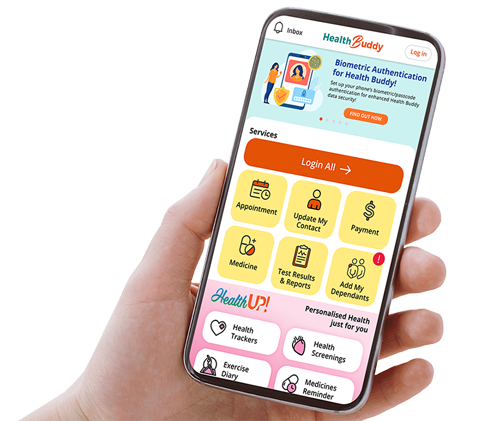What is - Mechanical Heart Assist Device/ Ventricular Assist Device
What is a mechanical heart device?
What is a ventricular assist device (VAD)?
Diagnosis of Mechanical Heart Assist Device/ Ventricular Assist Device
When do we need a VAD?
- Bridge to transplant - Patients who are already on the heart transplant list may deteriorate during their long wait, due to the scarcity of donor organs For these patients, the heart pump assists their failing heart, supporting them until a donor heart becomes available.
- Bridge to recovery - There are conditions (infections, alcohol abuse) that can lead to severe heart failure requiring placement of a VAD. In some instances, the heart recovers enough of its normal function after resting for some time and the device can be removed.
- Destination therapy - Also known as long-term or chronic therapy, destination therapy is used for patients who need a new heart, but are not eligible for transplant because of their advanced age or another disease or condition, such as cancer, which makes them unsuitable for heart transplant.
Treatment for Mechanical Heart Assist Device/ Ventricular Assist Device
The surgery
Post-Surgery Care for Mechanical Heart Assist Device/ Ventricular Assist Device
The surgery can take several hours. The patient will wake up in an intensive care unit (ICU) and can expect to stay in the hospital for a few weeks. How quickly one recovers from surgery will depend largely on how healthy he was before the surgery. During this time, tests will be conducted to assess and monitor the patient’s condition. The patient and his family will also learn how to manage and care for the VAD and himself/herself, so that he/she can return to his/her normal life and routine after discharge from the hospital.
Mechanical Heart Assist Device/ Ventricular Assist Device - Other Information
Read more on Mechanical Heart Assist Device/ Ventricular Assist Device:
Left Ventricular Assist Device (LVAD) – A Guide for Healthcare Workers (Medical News)
The information provided is not intended as medical advice. Terms of use. Information provided by SingHealth.
















